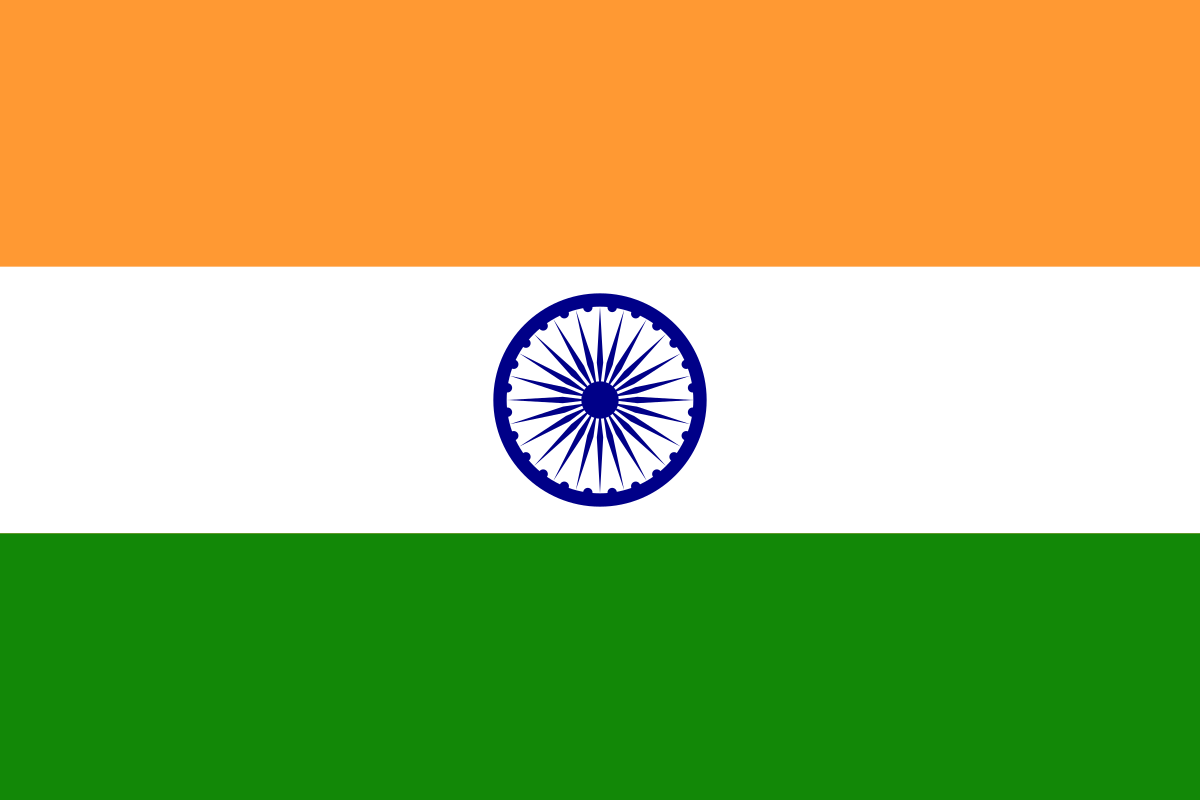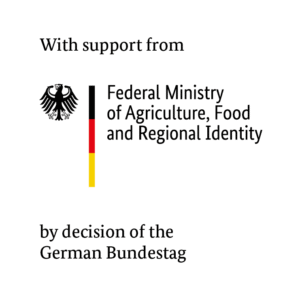Pilot State Uttar Pradesh

General Information
Uttar Pradesh is known as the Food Basket of India. The state has a significant role in Indian Agriculture as it contributes about 20% food grains to the national food basket. The state is a major producer of wheat, rice, pulses, sugarcane, potato, vegetables, and milk in the country. Uttar Pradesh is one of the most important states in India as far as horticulture is concerned e.g mangoes. The gross state value added by economic activity from agriculture sector is INR 155.28 thousand crore at constant price (2011-12) in 2021 and INR 233.2 thousand crores at current price (2011-12) in 2020.
The state can be divided into two physiographic regions: the central plains of the Ganges (Ganga) River and its tributaries (part of the Indo-Gangetic Plain) and the southern uplands. On the basis of rainfall and soil types Uttar Pradesh has been divided into nine agro-climatic zones (Ghos, 1991).The vast majority of Uttar Pradesh lies within the Gangetic Plain, which is composed of alluvial deposits brought down from the Himalayas to the north by the vast Ganges network. Most of that area is a featureless, though fertile, plain varying in elevation from about 1,000 feet (300 metres) in the northwest to about 190 feet (60 metres) in the extreme east. The southern uplands form part of the highly dissected and rugged Vindhya Range, which rises generally toward the southeast.
The state has 251 regulated markets (two of A+ grade, 45 of A grade, 75 of B grade, 108 of C grade). There are 381 regulated submarkets across the state, which act as auxiliary markets to the main markets and help bring the marketplace closer to the farm gate. In addition to the regulated markets and submarkets, there are rural markets, wholesale markets and yards, and rural warehouses, which form an integral part of the agricultural marketing system.



